UK Q3 GDP growth accelerated to 0.6% qoq, matched market expectations. That’s also the fastest rate since Q4 2016.
Head of National Accounts Rob Kent-Smith noted that “The economy saw a strong summer, although longer-term economic growth remained subdued. There are some signs of weakness in September with slowing retail sales and a fall-back in domestic car purchases. However, car manufacture for export grew across the quarter, boosting factory output. Meanwhile, imports of cars dropped substantially helping to improve Britain’s trade balance.”
However, it should be noted that the rolling three month growth rate slowed from 0.7% in both May-Jul and Jun-Aug periods. This is in line with the above comment that there were some weakness in September. Indeed, monthly GDP growth in September was at 0.0% mom, missed expectation of 0.1% mom.
Also released from UK
- Trade deficit narrowed to GBP -9.7B in September versus expectation of GBP -11.4B.
- Industrial production rose 0.0% mom, 0.0% yoy in September versus expectation of 0.1% mom, 0.5% yoy.
- Manufacturing production rose 0.2% mom, 0.5% yoy versus expectation of 0.1% mom 0.4% yoy.
- Construction output rose 1.7% mom in September versus expectation of 0.2% mom.
Overall, Sterling turns a bit weaker after the batch of data release.




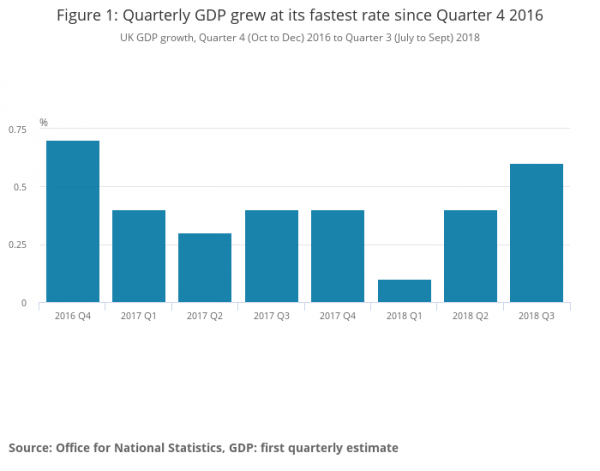
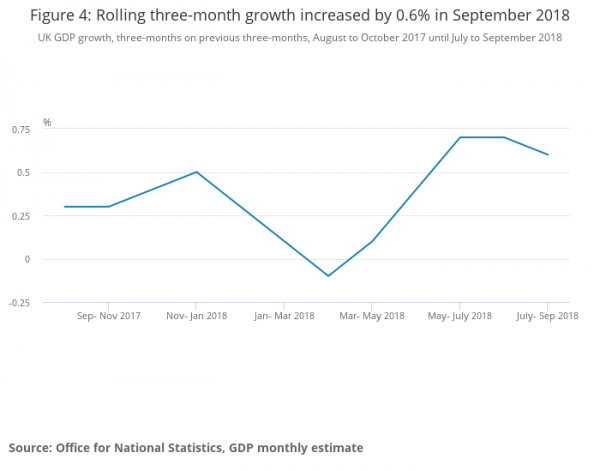
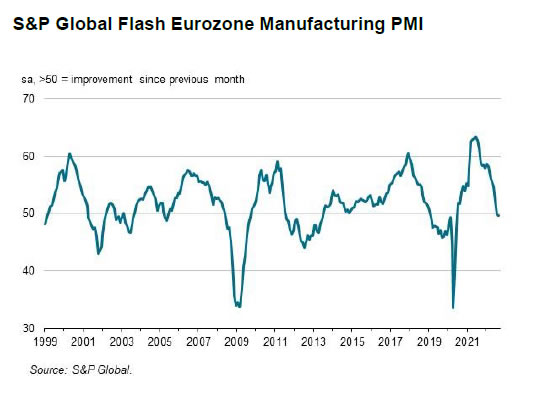
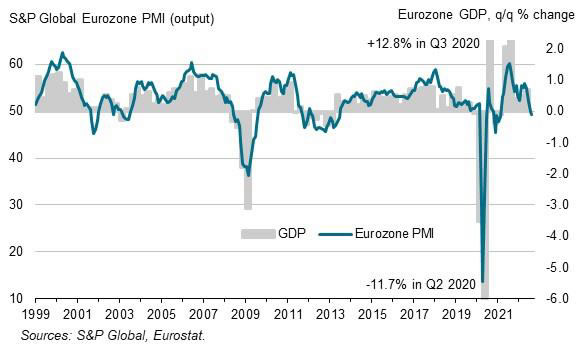
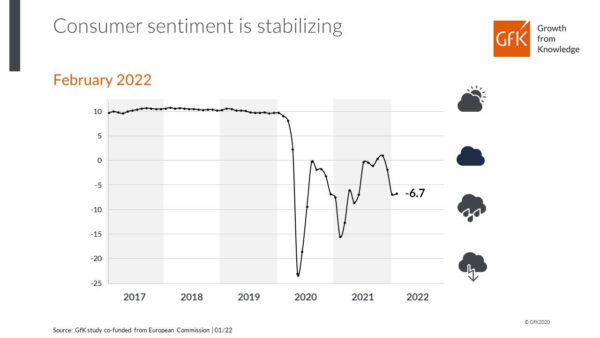
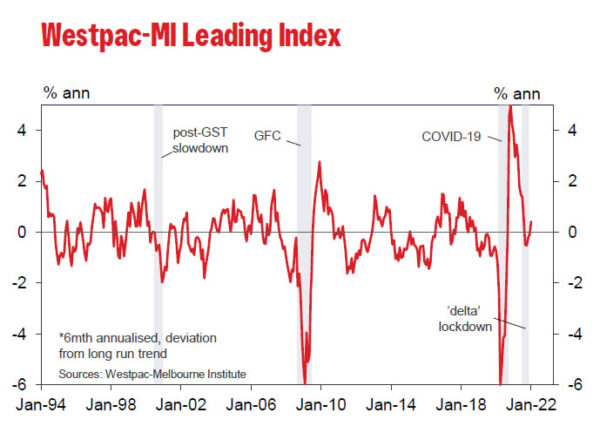
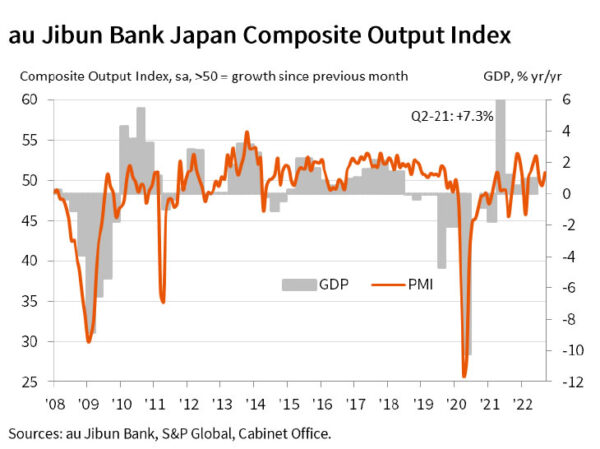
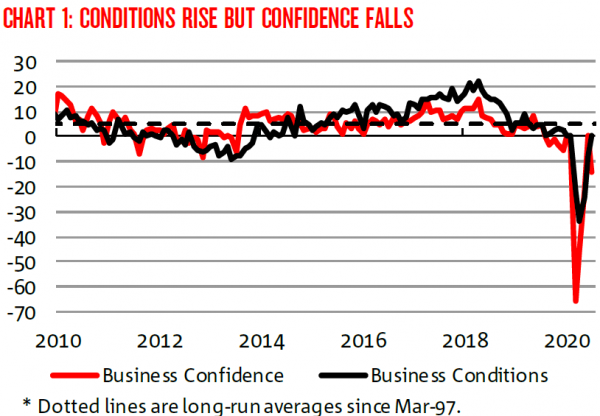
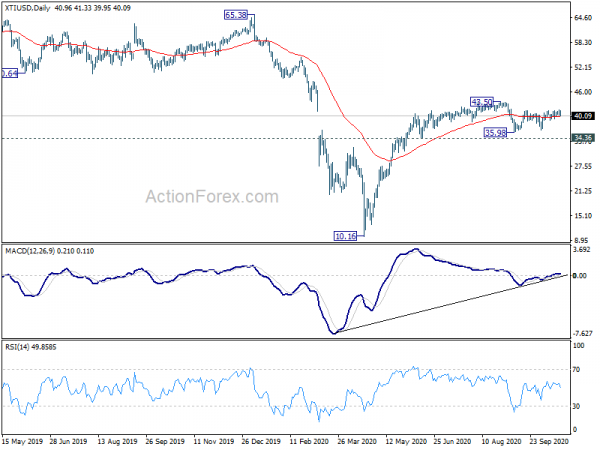
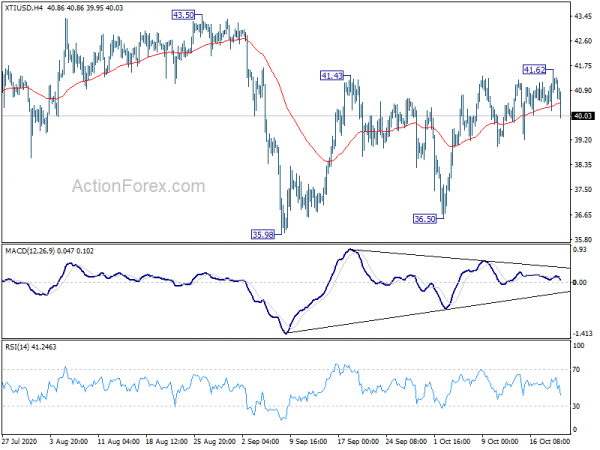
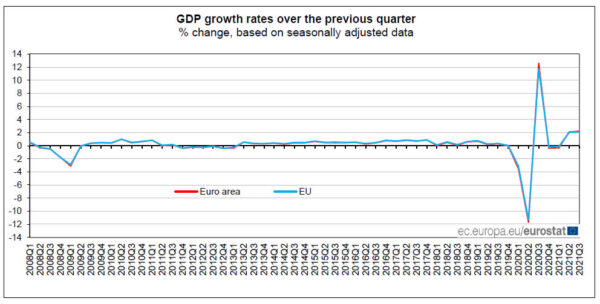
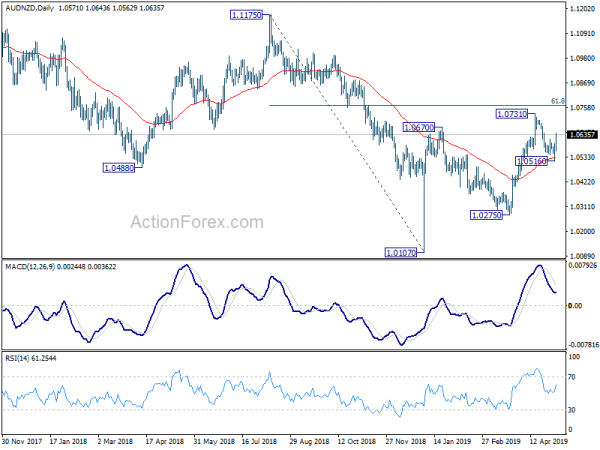
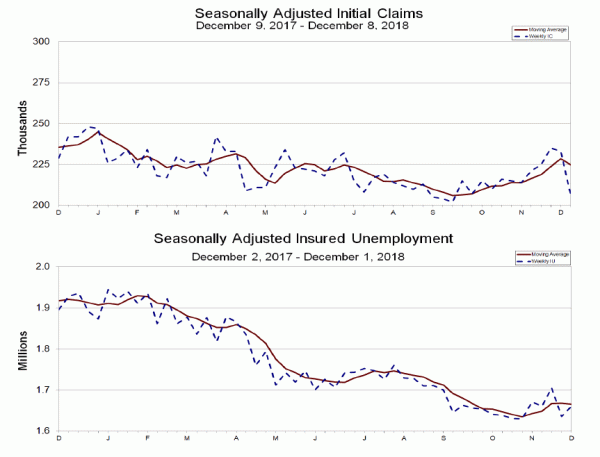

Fed’s Bostic eyes single rate cut in 2024, credits robust economy
Atlanta Fed President Raphael Bostic reiterated his anticipation just one interest-rate reduction within this year. Also, the first cut could happen later than previously envisioned, as Fed can “afford to be patient” as long as the economy holds up.
Bostic’s noted that as long as the economic indicators—such as GDP growth, employment rates, and business activity—remain robust, “I’m not in a hurry to get inflation down to 2%.”
“If it continues on a trajectory, I’m happy with that,” he added.